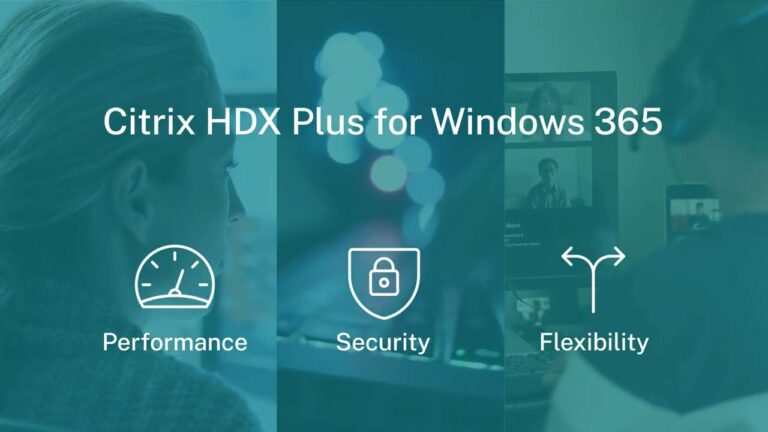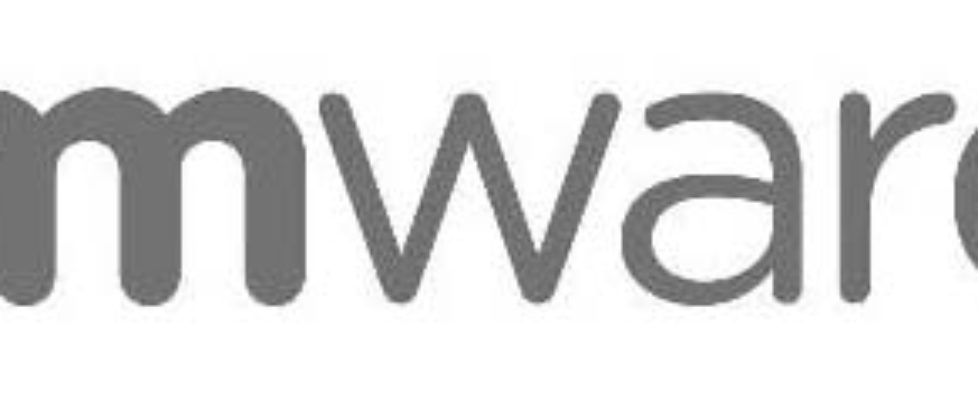
Portability: if the original device is compromised, the virtual workspace remains intact and can easily be launched on another device. Security: if the device is lost or broken, user profile data, applications and company IP / user-authored data is still safe in storage, and users can usually pick up a session, uninterrupted, on a new device. This approach has many advantages including: The endpoint device itself is inherently "empty" or "thin," needing only a Windows OS and a virtualization client to launch the workspace so it can be utilized through the device. Instead these components are containerized and saved to central storage and only served back to the device as the user requires them. You can also review all of the ThinApp applications that are assigned to a particular machine or desktop pool.Īfter you add a ThinApp application to Horizon Administrator, you can display information about its MSI package.Digital Desktops - Virtualization Meets Changing Needs of Increasingly Remote Workersĭesktop virtualization is the process by which Windows desktop components, including user profiles, policies, applications and user-authored data, are "decoupled" from the endpoint device. You can review all of the machines and desktop pools that a particular ThinApp application is currently assigned to. You can streamline the distribution of multiple ThinApp applications by assigning a ThinApp template to a machine or desktop pool.

You can assign one more ThinApp applications to a particular desktop pool.

You can assign a particular ThinApp to one or more machines. Assign a ThinApp Application to Multiple Machines.Best Practices for Assigning ThinApp Applicationsįollow best practices when you assign ThinApp applications to machines and desktop pools.You cannot assign ThinApp applications to published desktops or traditional PCs.

Important: You can assign ThinApp applications to virtual machine-based desktops and automated desktop pools or manual pools that contains vCenter Server virtual machines.


 0 kommentar(er)
0 kommentar(er)
